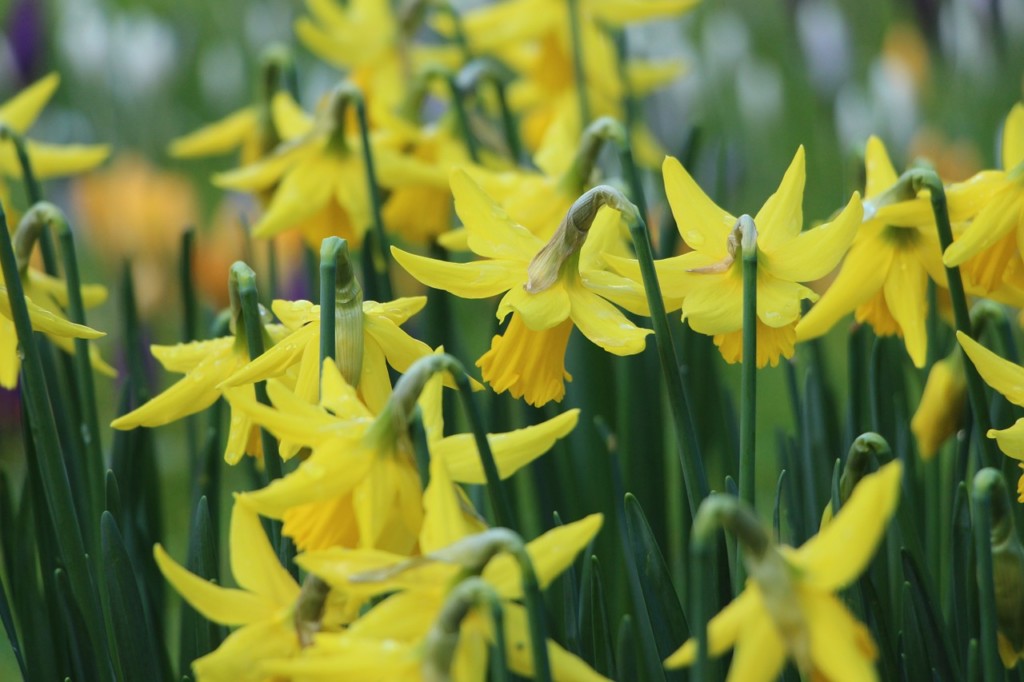
As we’ve mentioned previously, this year marks the Year of Legends in Wales. Our inn is not only known for its cosy traditional pub and unique accommodation near Zip World and Snowdonia, it’s also known for being the Welshest Restaurant/Pub in the world.
The Year of Legends campaign is all about getting us to learn more about what has made Wales the place that we know and love today. So whether you’re a local or a visitor of Wales, you might be interested in learning some facts about the area and its history.
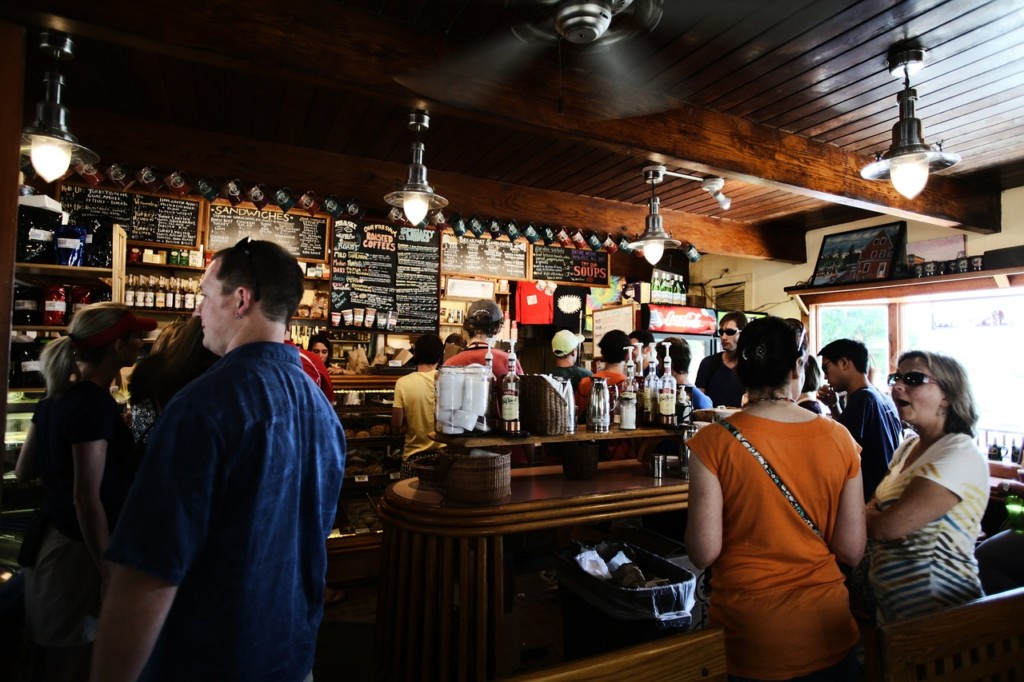
We have a list of simple Welsh phrases on our website to help you learn our historic language.
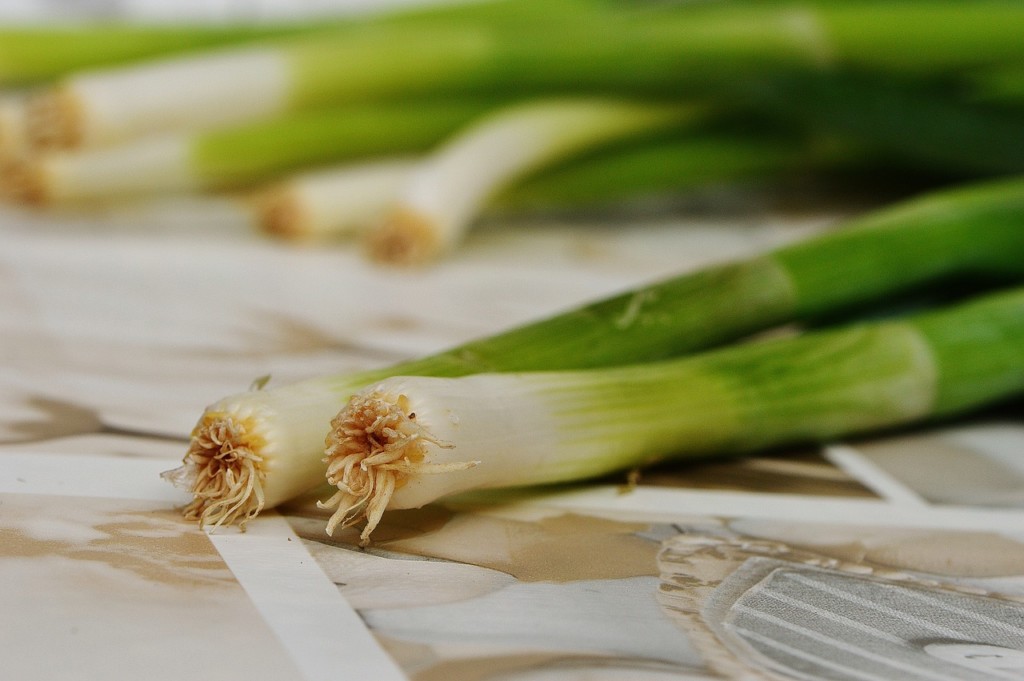
Over the years, the symbol of a daffodil has replaced the leek, possibly due it looking more attractive. Daffodils also begin to bloom just in time for St David’s Day, a much celebrated event in Wales.

Nowadays, the Wales national rugby team compete annually in the popular Six Nations Championship, which includes England, Ireland, Scotland, France and Italy.
Over their career, the Wales rugby team have won the Six Nations 26 times, the latest being the 2013 championships.
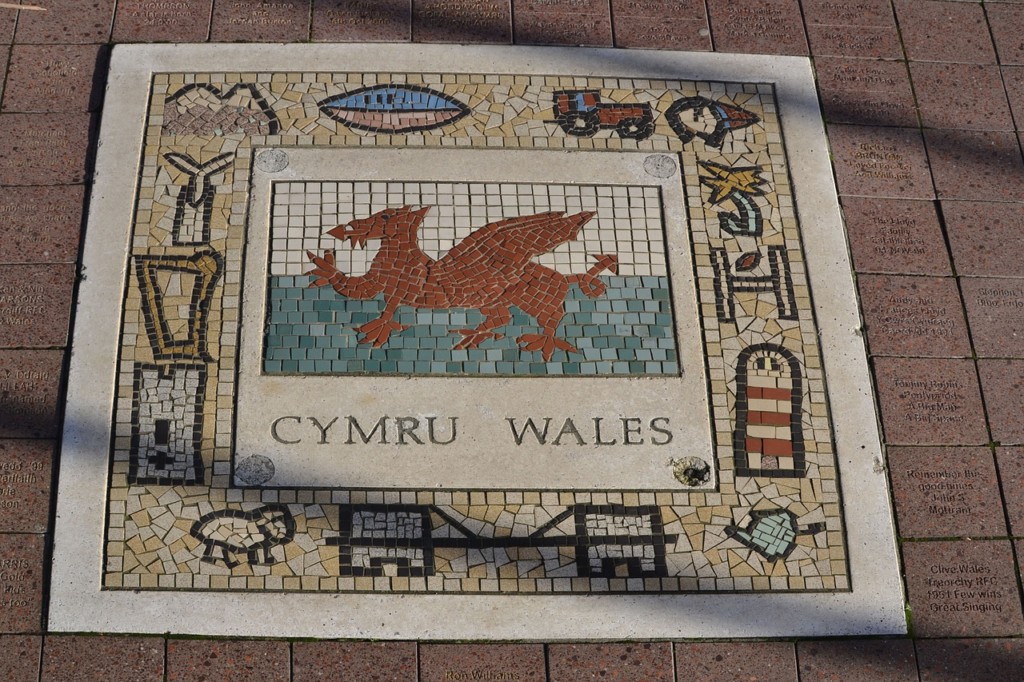
The dragon has been representing Wales for well over a thousand years, and there are a number of theories based on what made the dragon a prominent symbol. It is said that the Welsh kings of Aberffraw first adopted the symbol as a way of expressing their power after the Romans withdrew, during the fifth century.
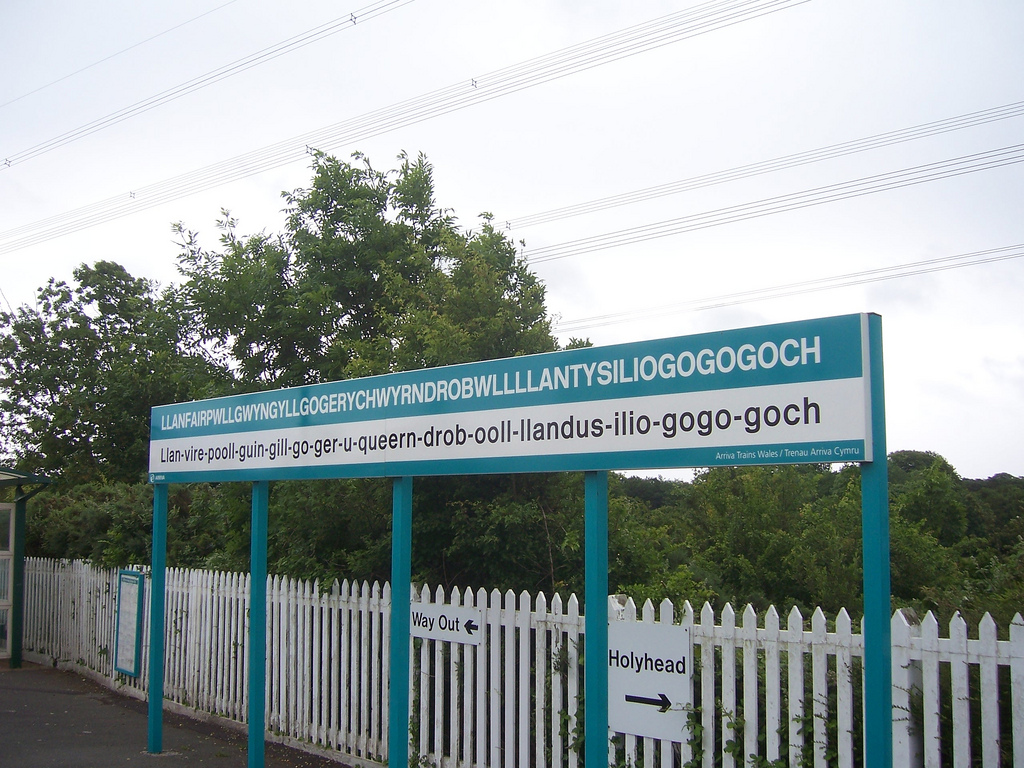
Llanfairpwllgwyngyllgogerychwyrndrobwllllantysiliogogogoch can be found on the isle of Anglesey, but is known more simply as Llanfair P.G or Llanfairpwll to those who live nearby.
The town roughly translates to ‘the parish church of St. Mary, in hollow of the white hazel, near the rapid whirlpool and the parish church of St. Tysilio, with the red cave’ – talk about specific!
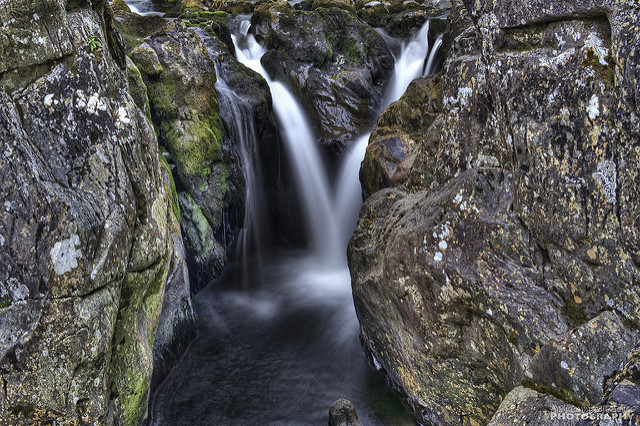
Credit: Andi Campbell-Jones @ Flickr
North Wales is home to some truly beautiful natural wonders. Swallow Falls, which can be found in the village of Betws-y-coed is the most visited waterfall in Britain.
Another waterfall which is a popular place for visitors in North Wales is Aber Falls. This beautiful waterfall is located two miles south of the town of Abergwyngregyn in Gwynedd.
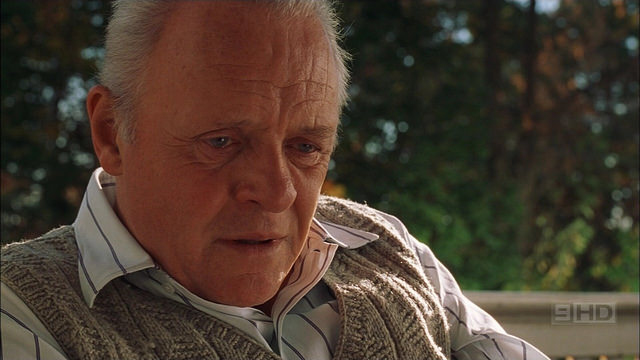
Credit: Ninian Reid @ Flickr
Celebrities from Wales include renowned actor Anthony Hopkins, as well as famous singers Catherine Zeta-Jones and Tom Jones.
In terms of celebrities from North Wales, comedienne and actress Dawn French was born in Holyhead and Rhys Ifans, known for roles in Harry Potter and The Amazing Spider-man was raised in Ruthin.

